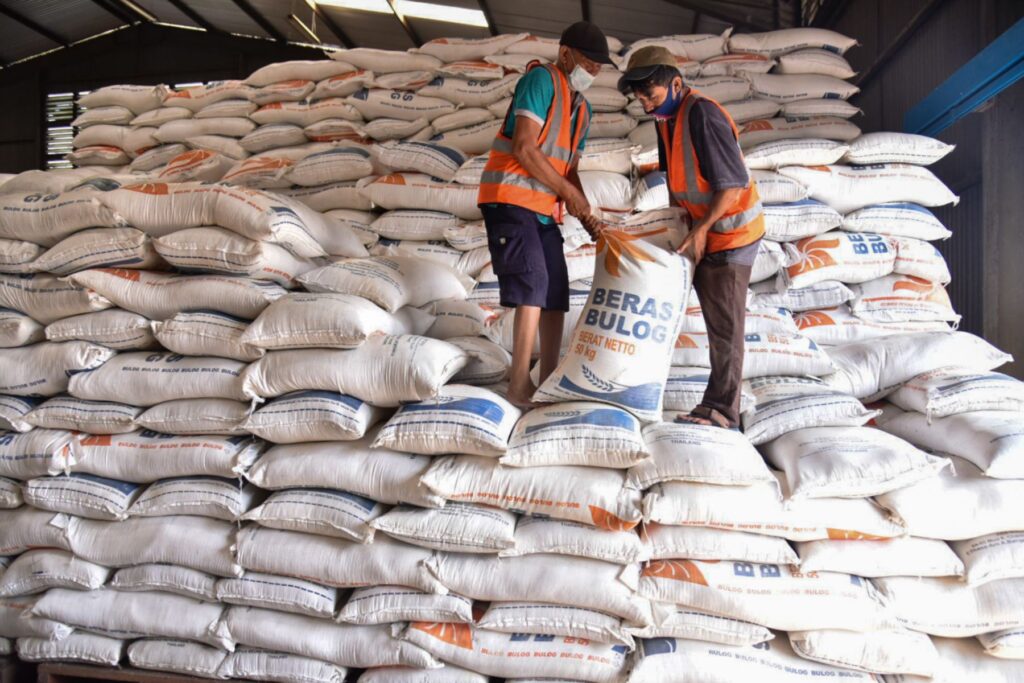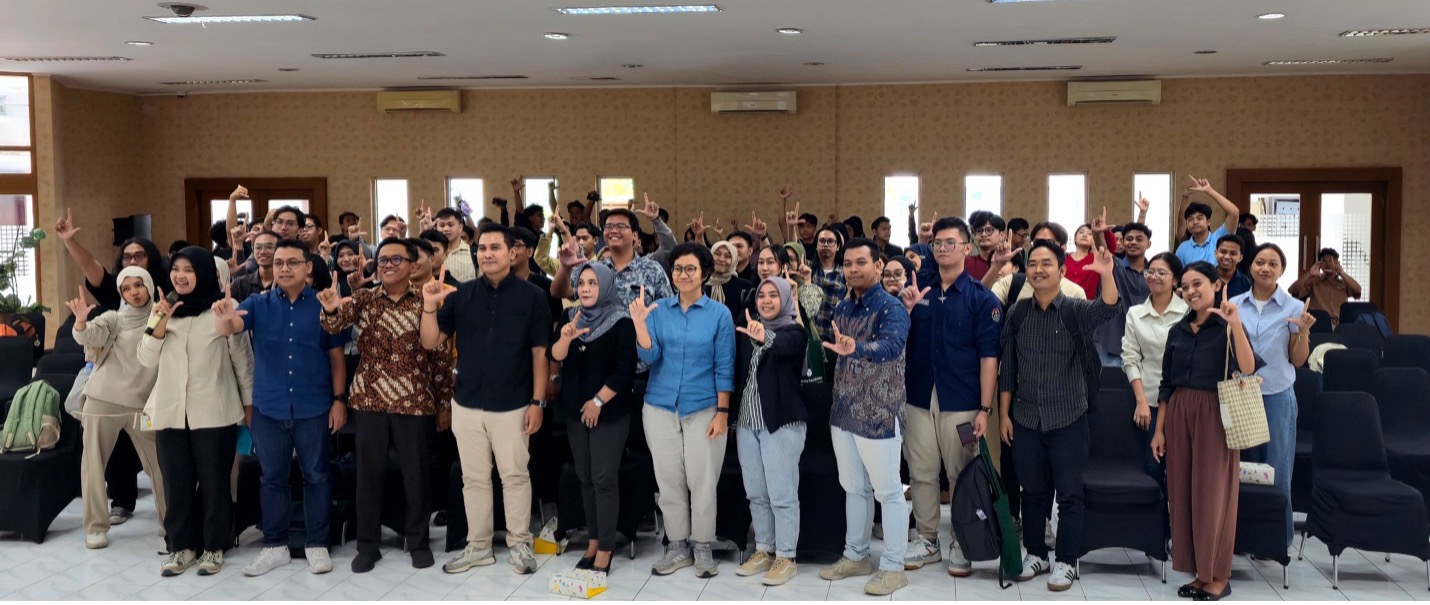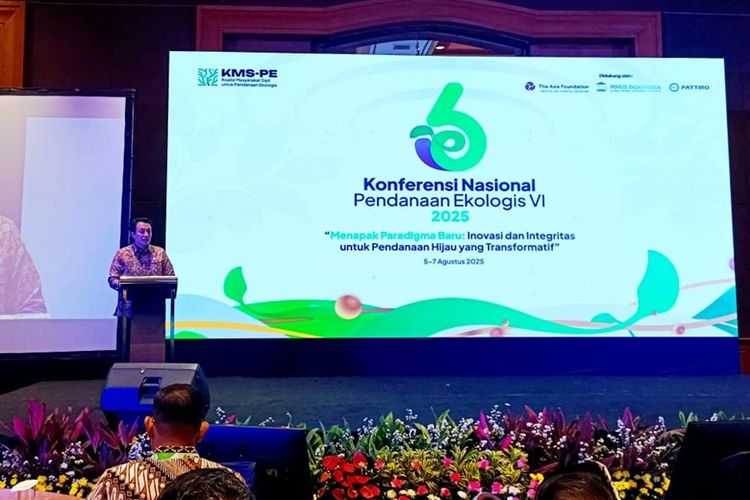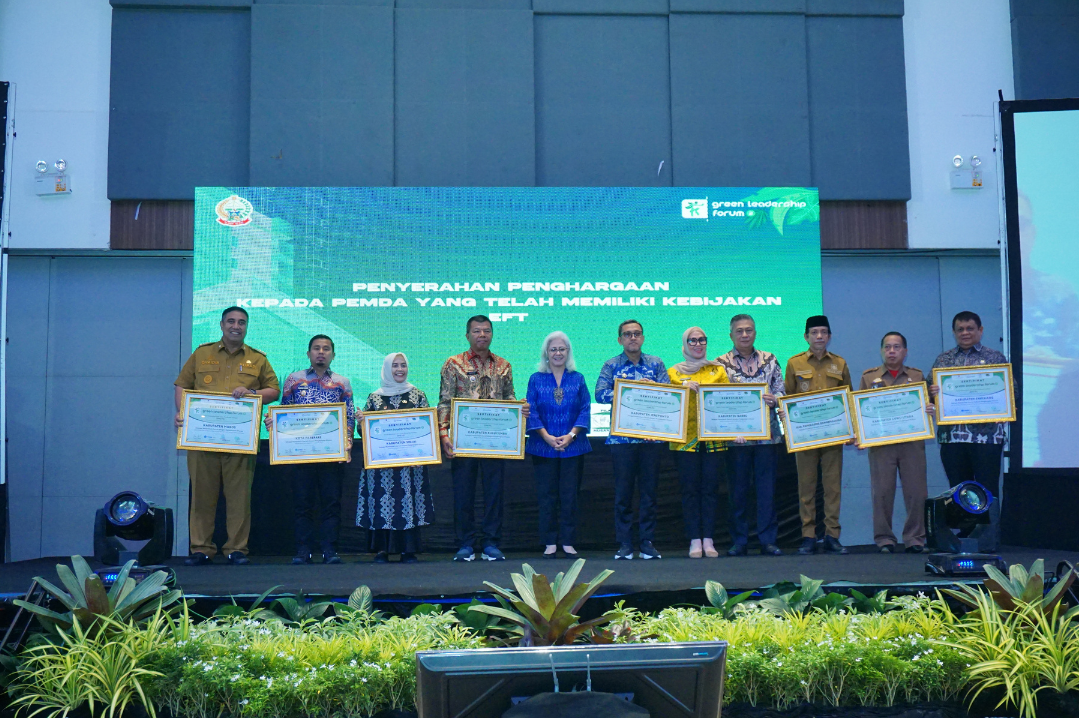
PATTIRO: The government should stop Raskin temporarily
As the Corruption Eradication Commission (KPK) focuses on the potential for misappropriation of the government’s social assistance program, indications regarding alleged irregularities in the distribution of cheap rice for the poor (Raskin) have also surfaced. Head of the Central Statistics Agency (BPS) Suryamin admits that the Raskin program is problematic because the distribution system is not on target. As of September 2013 BPS data stated that the number of well-to-do households that benefited from Raskin reached 14.7 million and it is estimated that Raskin funds that were misdirected reached Rp 9 trillion. On the other hand, Winarno Thohir, Chairperson of the Mainstay Farmers and Fishermen Contact (KTNA), said that farmers hope the government will not abolish the Raskin program. With the existence of Raskin, which originates from rice from Perum Bulog, rice farmers have guaranteed a market for the rice they plant.
Although rice farmers need market guarantees, seeing the large deviations in Raskin funds, the Regional Research and Information Center (PATTIRO) has urged the government to stop the Raskin program temporarily. The Raskin program can be resumed if the government has made improvements to a number of causes that are the main problem. In fact, the problems that have arisen in the implementation of the Raskin program have been going on for a long time. Based on research conducted by PATTIRO in 2012 on the Raskin program using value chain analysis to measure the integrity and accountability of the Raskin program, a number of problems were found.
Based on PATTIRO’s findings, the Raskin program had actually been well designed, but problems were encountered during implementation, particularly related to management. The management problems that surfaced were the inspection of the weak quality of the rice, the distribution which often did not give priority to the poor, and the uncontrolled management of the proceeds from Raskin sales. There is even an impression that it is used for inappropriate programs, as is the case in a number of areas. A number of these weaknesses are interrelated and have the potential for corrupt practices and administrative malfeasance.
As a solution, apart from having to improve stricter policies, the government must carry out regular outreach to build a shared commitment that the Raskin program is a program designed for the welfare of those who really need it, namely the poor. All stakeholders must have the same perception and there should be no motivation to take advantage of this program for personal gain and unilateral interests which ultimately harm the community and the state.
From PATTIRO’s research, the vulnerable point in the Raskin program is at the distribution point. The non-transparent distribution of Raskin has the potential for irregularities. The critical points for Raskin distribution are: (1) when the rice is delivered from the Bulog warehouse to the distribution point; (2) when distributing rice to poor households (RTM); (3) The amount of rice arriving at the distribution point; and (4) the list of Raskin beneficiary households is rarely announced so that the community does not know how much Raskin is in their area. The community only receives rice according to the ration determined by the village apparatus/distribution executor.
At this point Raskin abuse occurred a lot because the community did not know the amount of Raskin for them and to whom the rice was distributed. Deviant practices often occur, such as those found in Gresik, East Java and Jeneponto, South Sulawesi, where Raskin was sold to shops by village officials. Raskin is sold and the proceeds are used to renovate the village office. Meanwhile in Gresik and the city of Serang, Banten, it was found that Raskin rations were distributed to village officials who were not included in the RTM.
PATTIRO is of the opinion that if the government wants to continue the Raskin program, it is not only distribution issues that need to be addressed. PATTIRO recommends five things that the government should do so that the Raskin program runs on target, namely:
- The transparency of the organizers of the Raskin program is strong in order to gain support from the community.
- The strength of community participation in the Raskin program is illustrated through a mechanism system that allows the community to submit input, responses and reports on program implementation.
- There is a monitoring program based on community participation and dialogue between stakeholders.
- There is a social audit of the Raskin program that is able to provide feedback on improvements to program implementation.
- Strengthening the involvement of local governments as implementers of the Raskin program followed by increased trust by the central government in local governments as executors.
The five PATTIRO recommendations do not only apply to the Raskin social assistance program, but also apply to other social assistance programs rolled out by the government such as school operational assistance (BOS), subsidized fertilizer, direct cash assistance (BLT) and others so that they are right on target. Specifically for the Raskin program, one recommendation that also needs to be considered by the government is that not all regions in Indonesia make rice (rice) a staple food, so that the provision of Raskin assistance in the form of rice in several regions in Eastern Indonesia is not on target..
Jakarta, 14 April 2014
Sad Dian Utomo | PATTIRO Executive Director
saddian@pattiro.org | 0812 800 3045
Contact Person:
Rohidin Sudarno | Public Service Specialist
roi@pattiro.org | 081310539884





